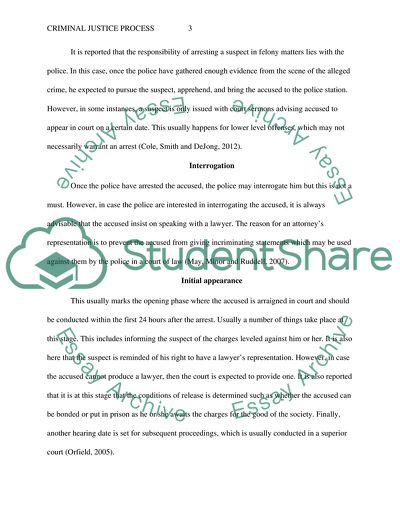Cite this document
(Criminal justice process Research Paper Example | Topics and Well Written Essays - 1500 words - 1, n.d.)
Criminal justice process Research Paper Example | Topics and Well Written Essays - 1500 words - 1. Retrieved from https://studentshare.org/law/1783013-criminal-justice-process
Criminal justice process Research Paper Example | Topics and Well Written Essays - 1500 words - 1. Retrieved from https://studentshare.org/law/1783013-criminal-justice-process
(Criminal Justice Process Research Paper Example | Topics and Well Written Essays - 1500 Words - 1)
Criminal Justice Process Research Paper Example | Topics and Well Written Essays - 1500 Words - 1. https://studentshare.org/law/1783013-criminal-justice-process.
Criminal Justice Process Research Paper Example | Topics and Well Written Essays - 1500 Words - 1. https://studentshare.org/law/1783013-criminal-justice-process.
“Criminal Justice Process Research Paper Example | Topics and Well Written Essays - 1500 Words - 1”. https://studentshare.org/law/1783013-criminal-justice-process.


